The tools more used in FCA group
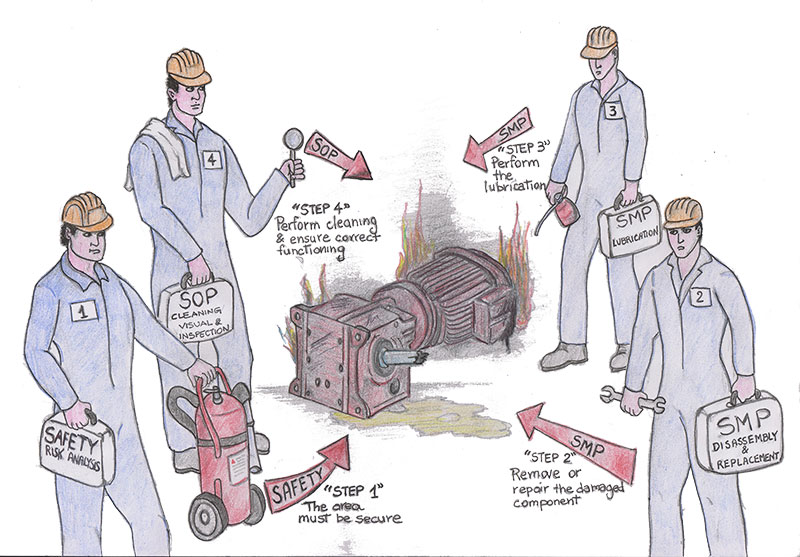 SOP Standard Operative Procedure (methodology used for the visual inspections, cleaning and lubrication of the component / group performed by the AM / PM and conductor scheduled maintenance).
SOP Standard Operative Procedure (methodology used for the visual inspections, cleaning and lubrication of the component / group performed by the AM / PM and conductor scheduled maintenance).- SMP Standard Manutentive Procedure (methodology used for the disassembly / reassembly of the component / group performed by the PM in maintenance "A FAILURE)
- ML (Machine Ledger) Summary table of coordination of activities on the component
- FMEA (Failure Mode and Effect Analysis) PROJECT/PROCESS
1. Recognition and evaluation of possible failure of a product or process and their effects
2. Identification of interventions that can eliminate or reduce the possibility of occurrence of faults
3. Selection and planning of actions to be performer - Risk Assessment e Risk Management – The main purpose of risk assessment is to determine whether the preventive measures taken are adequate or not, so as to control the risks before damage occurs
Ordinary maintenance "PREVENTATIVE" to be performed by qualified personnel and to facilitate the components / groups that need work will need to refer to the table “M.L. Machine Ledger”


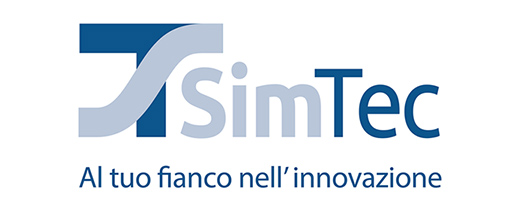
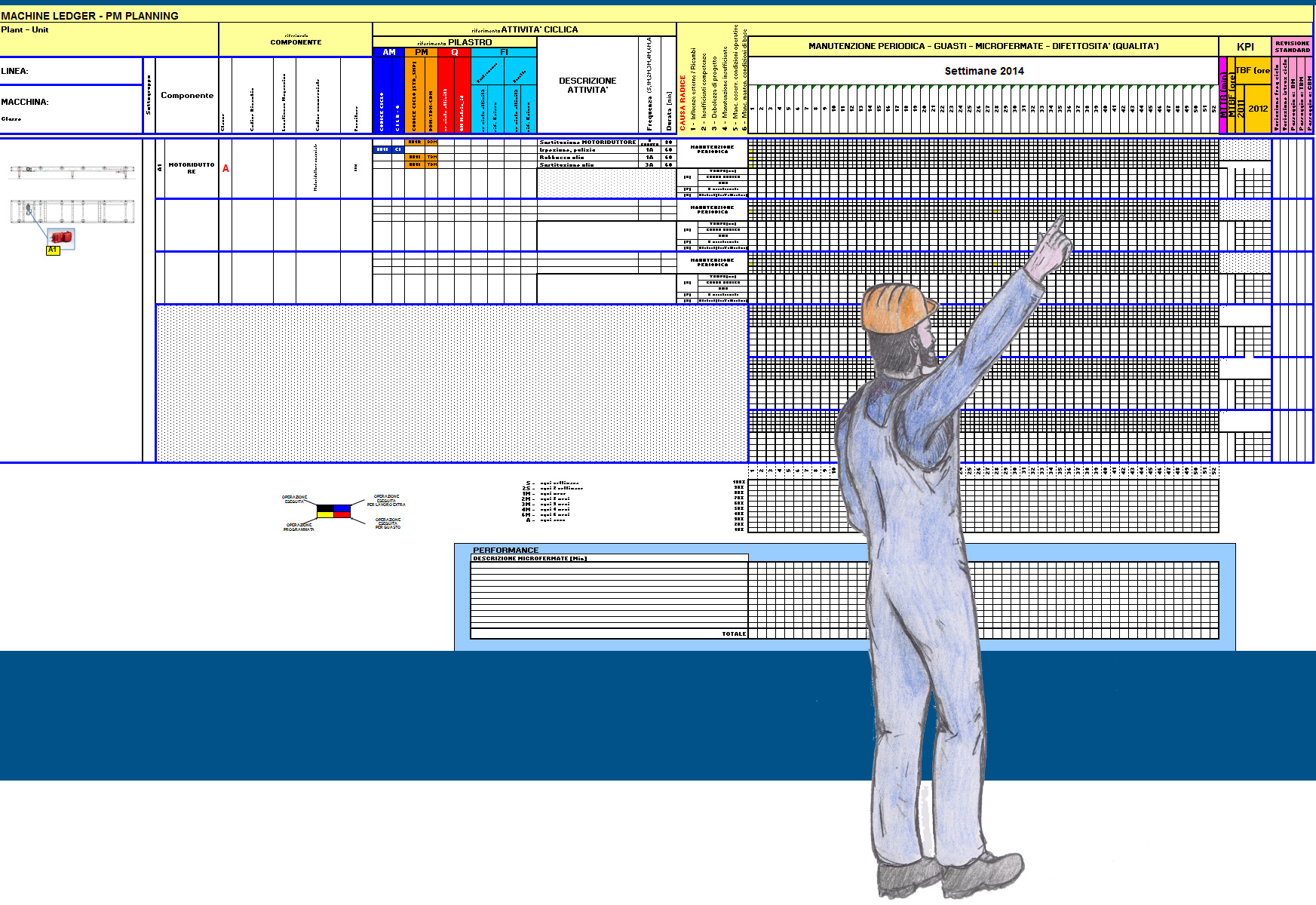 Position the component within the total
Position the component within the total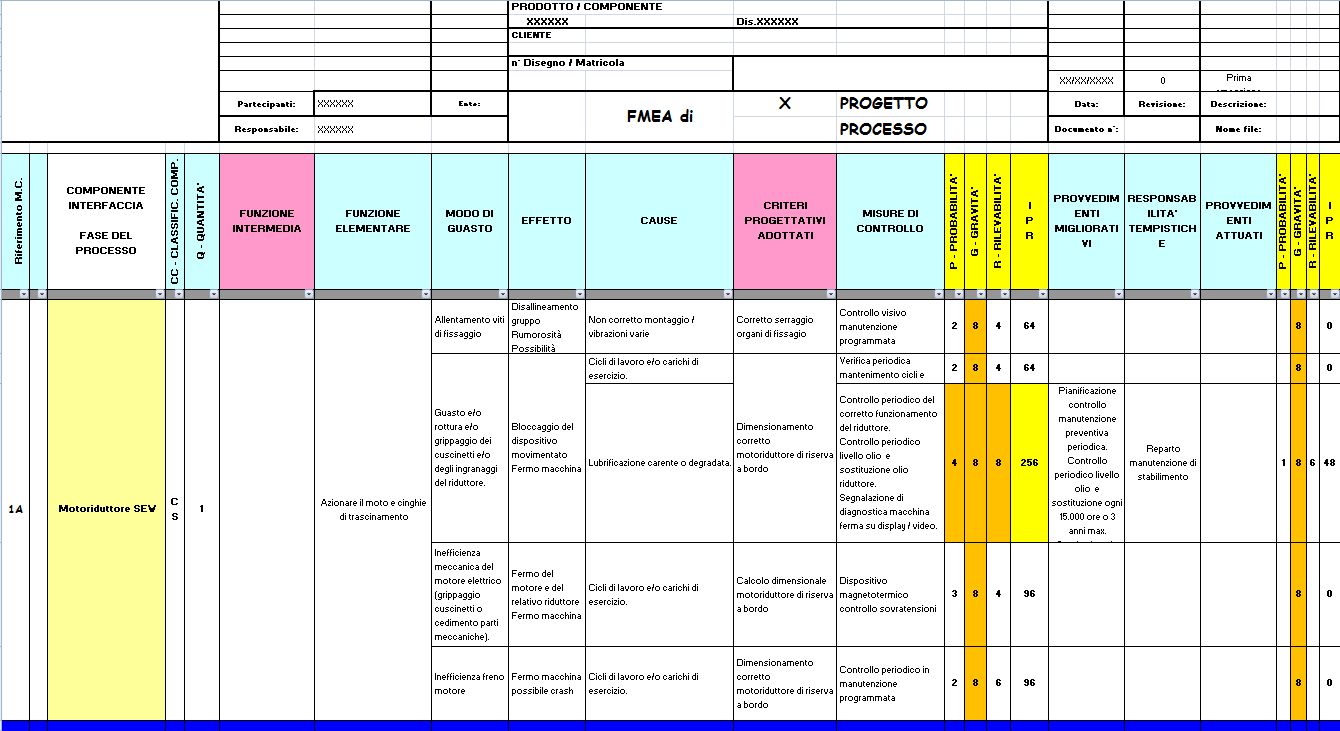 In this document it is analyzed the possible abnormality that does not allow the component to perform its function correctly and therefore has more or less serious repercussions on the functioning of the system of which it forms part.Su tutti i componenti del sistema vengono esaminati:
In this document it is analyzed the possible abnormality that does not allow the component to perform its function correctly and therefore has more or less serious repercussions on the functioning of the system of which it forms part.Su tutti i componenti del sistema vengono esaminati: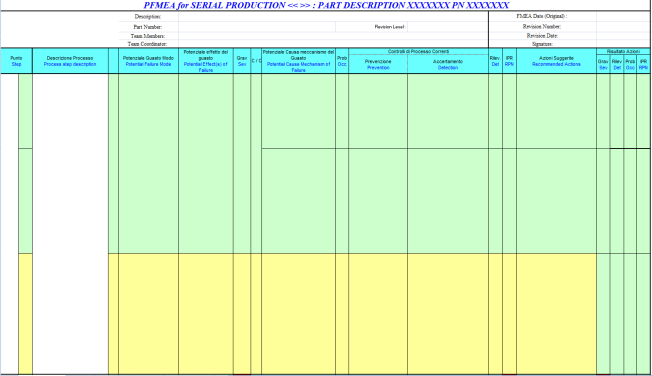 The PFMEA process is done by a cross-functional team whose competence should embrace the entire production process in question (design, production, quality control, supply, ...). The purpose is to make sure that the end-product meets project goals and meets the expectations of the client by acting on the manufacturing process. The development of the document will be used to identify:
The PFMEA process is done by a cross-functional team whose competence should embrace the entire production process in question (design, production, quality control, supply, ...). The purpose is to make sure that the end-product meets project goals and meets the expectations of the client by acting on the manufacturing process. The development of the document will be used to identify: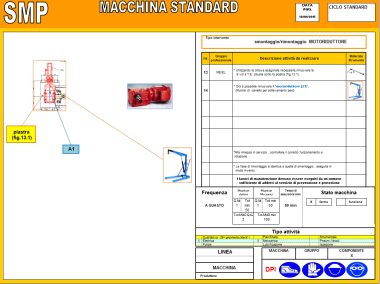 The process of disassembly and reassembly of the component / group is decrypts detail tabs SMP.
The process of disassembly and reassembly of the component / group is decrypts detail tabs SMP.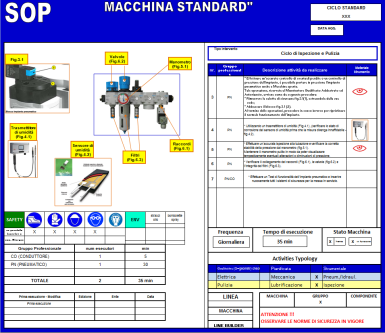 The procedure for inspection and cleaning of the component / group described in detail in the cards SOP.
The procedure for inspection and cleaning of the component / group described in detail in the cards SOP.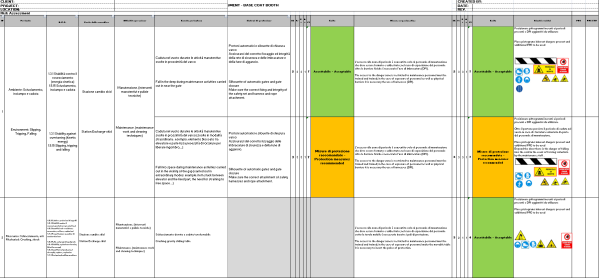 The risk assessment covers all risks in the workplace, according to the amendments introduced by the European Community and should, therefore, be translated into a document containing:
The risk assessment covers all risks in the workplace, according to the amendments introduced by the European Community and should, therefore, be translated into a document containing: